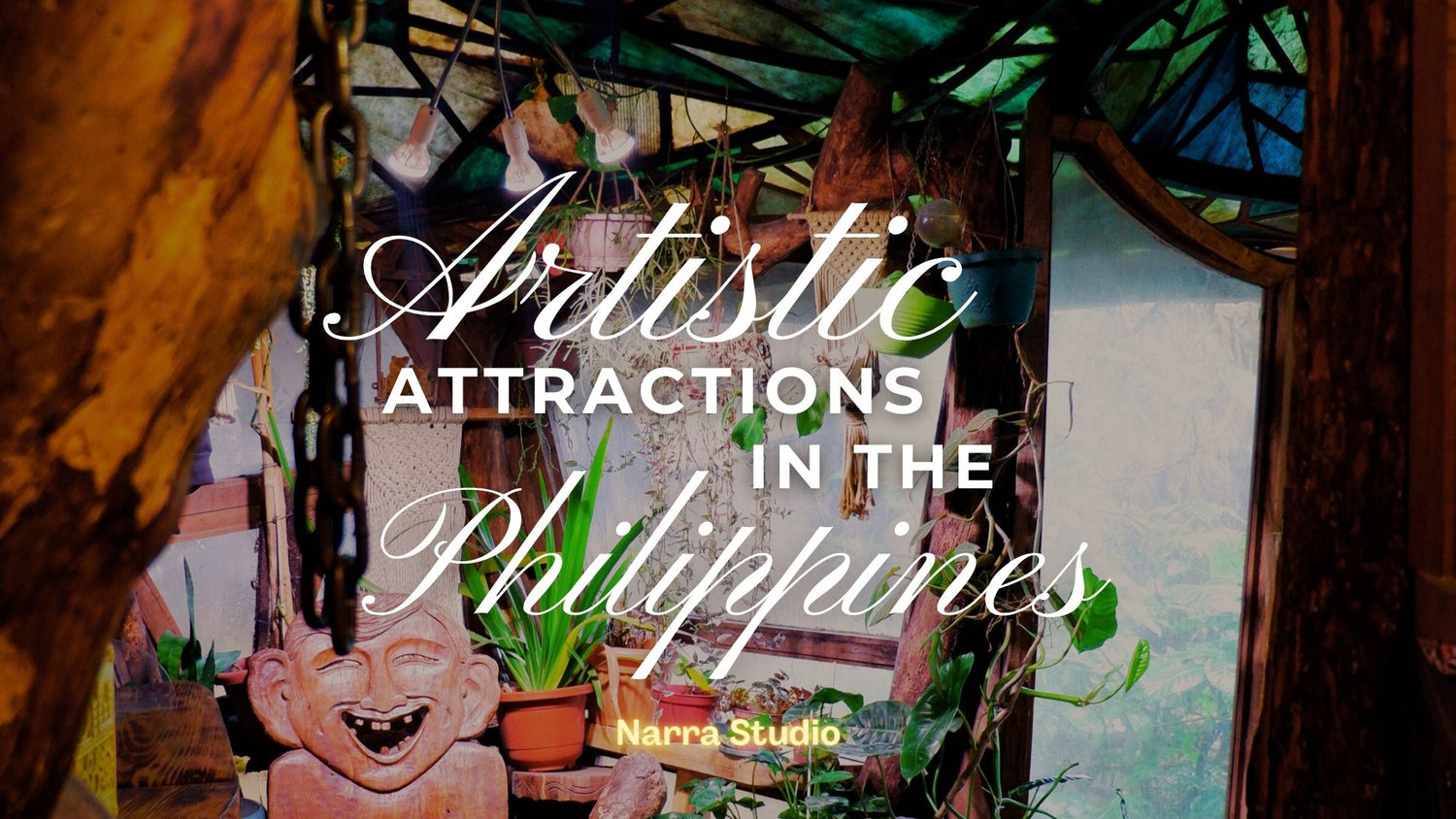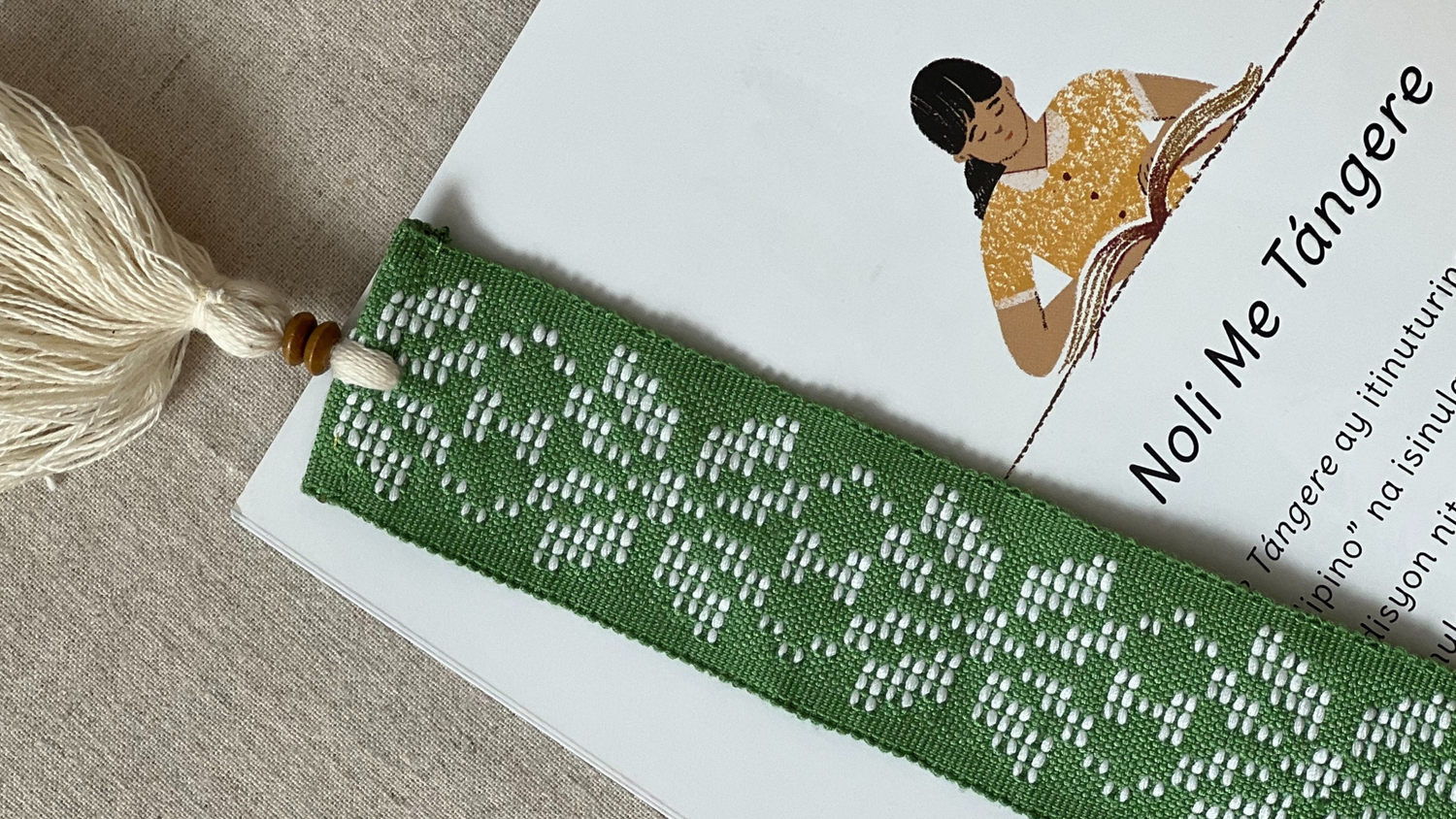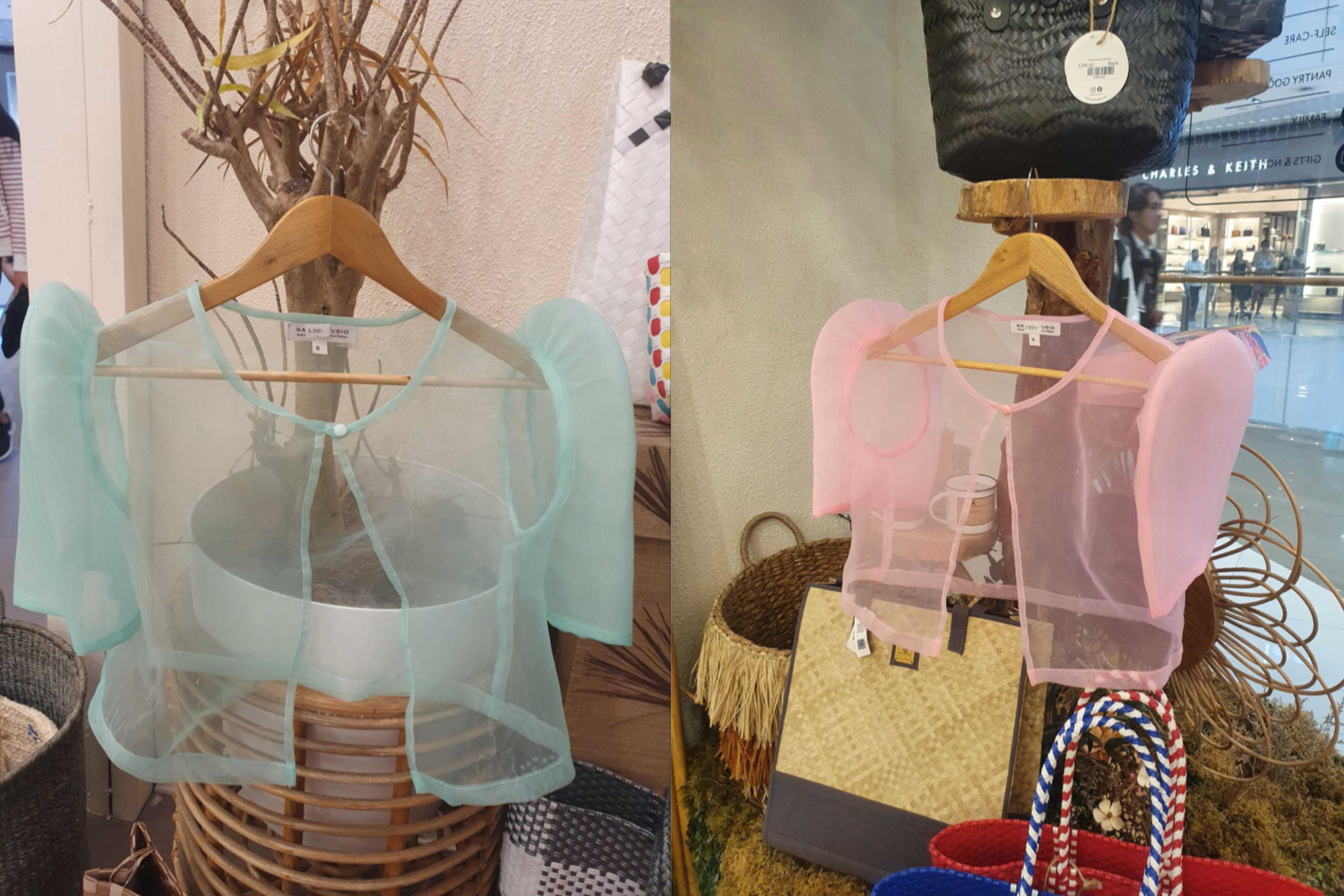By Nathaniel T. Dela Cruz
A Filipino’s earliest memories of calamansi is one (or all) of the following: painstakingly squeezing the juice from this small fruit and making sure the strainer catches every seed when making calamansi juice to balm a scratchy throat, fever, cough, or cold.
Or making sure the sawsawan (dip) - may it be soy sauce or fish sauce - gets its much-needed sour note from a calamansi or two, or risk ruining what could have been a delicious meal of inihaw na baboy (roasted pork marinated in calamansi) or sinigang (stew).
Without a doubt, Pinoys love their calamansi. That is why the craving is strong among those whose access to this small, sour fruit is limited. And the appreciation is overwhelming when given the opportunity to enjoy calamansi in all its delicious glory.
Thank God for Kalamansi Festival!

Painting The Town Kalamansi Green
On October 8, 2022, calamansi lovers flocked to the Kalamansi Festival, a day-long event in time for the celebration of Filipino American History Month. It was a very lively day along 4th Avenue between E 10th and 11th Street in East Village, Manhattan, New York, because of the food stalls, live performances, and art exhibits.
Pandayo.NY showcased its Puto with Kalamansi Trio: Putoflan with Kalamansi Zest, Kalamansi Glazed Puto, and Puto with Kalamansi Buttercream. These were made in collaboration with Saint C Calamansi. From pastry chef Daniel Corpuz, Kalamansi Bonbon and Kalamansi Meringue Tart.
Just for Keyks showcased delectable treats like Kalamansi Raspberry Keyk, Kalamansi Cheesecake Kuki, and Kalamansi Rice Krispy. Whisk Pastry made Kalamansi Tart while Beabingka was selling Kalamansi Tres Leches.

True to the bayanihan spirit of the Filipinos, many kababayans came and set up shop as well. There's a spot for the collaboration of Kriation Studios and Melancholy Co. (art, stickers, and print). A Duck Amuck by Erwin Ong was also there selling prints, notebooks, stickers, and bilingual (Filipino and English) greeting cards.
Narra Studio was also present, with its amazing collection of ethnic jewelry, accessories, clothes, and the classic terno with a tasteful, modern twist.
This is the first festival in the US dedicated to celebrating this green, sour, vitamin C-loaded fruit, an amazing follow-up to the very successful Ube Festival held from August 12 to 14, in line with the vision of Philippine Fest to promote Philippine culture and heritage and provide Filipino small business owners in the US a venue to showcase Filipino products.
Philippine Fest was founded by entrepreneurs VJ Navarro, Augelyn Francisco, and Paulo Manaid.
Augelyn owns Kabisera NYC, a Filipino cafeteria serving all-time Filipino favorites like halo-halo and dessert treats like sapin-sapin, biko, leche flan, etc. VJ is also in the food industry. At the Kalamansi Festival, there was a long line for So Sarap NYC's famous skewers, Filipino style. For this event, they also had the special Kalamansi Pancit Canton combo.
Paulo's Hatzumomo focuses on a different aspect of Filipino culture, specializing in fashion and accessories made with handwoven textiles and fabrics indigenous to the Philippines. For the Kalamansi Festival, Hatzumomo has the calamansi-inspired Natibo Haori Jackets.

About the Calamansi
Zesty, tart, and sour.
That's the calamansi - Citrus × microcarpa, a.k.a. Philippine lime, Philippine lemon, lemonsito (or limoncito), calamonding, calamonding orange, calamandarin, and golden lime. In Florida, people commonly refer to kalamansi as calamondin, the anglicized kalamundin, which is a Tagalog term referring to calamansi.
The Philippines is the major producer of calamansi in the world. The country exports calamansi juice extracts to Asia and North America. In the US, calamansi is grown in warm regions (USDA zones 8b - 11) because it cannot survive extreme cold. If you live in or near California, southern Arizona, southern Texas, and Hawaii, you are in luck because calamansi grows here!
The 4th most widely-grown fruit crop in the Philippines (behind banana, mango, and pineapple) is also a favorite flavor for pancit canton and ready-to-drink powdered juice drink. The calamansi, native and cultivated in the Philippines, is also a favorite scent for dishwashing soap and detergent.

More festivals to come
The success of the Ube Festival and the Kalamansi Festival is proof that Philippine Fest is on the right track, bringing Filipinos back into the embrace of the motherland through food and art that is very Pinoy. The response of vendors and the public is an amazing affirmation of the love and appreciation for all things Filipino here in the US.
There is more to come. And as always, Filipinos here are already excited for what’s next.





